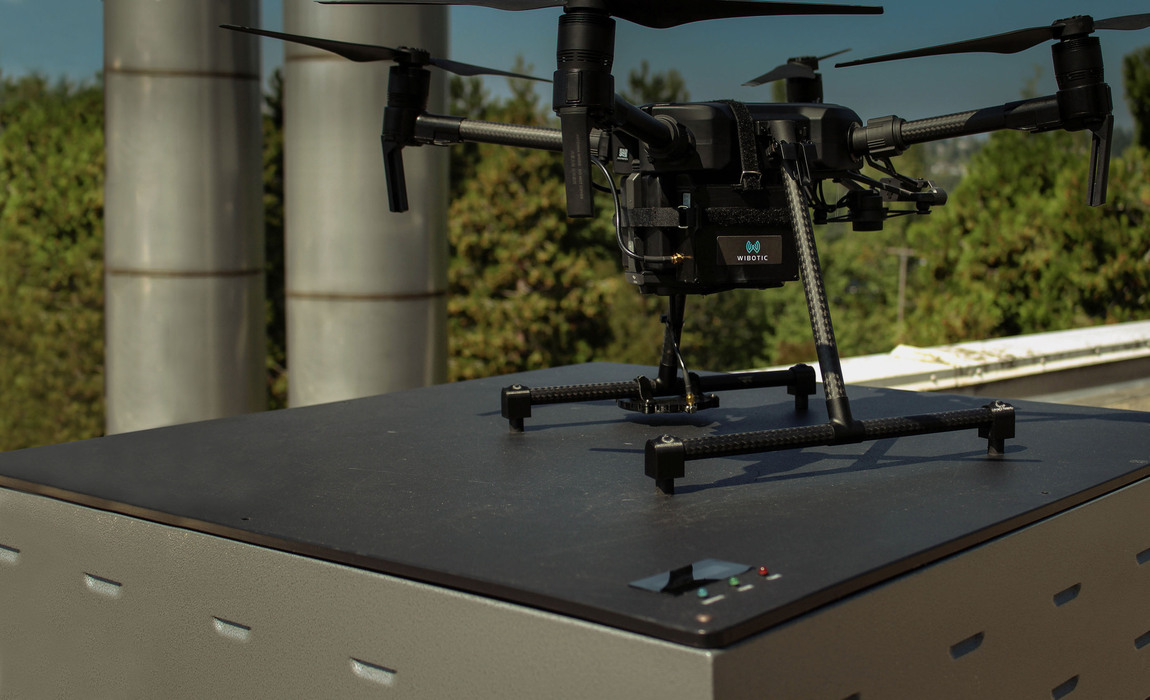The challenge
The challenge
Robotic and unmanned vehicle (UV) fleets are reshaping the future of automation and production. To further enhance productivity and minimize downtime, the charging process needs to be streamlined. Human maintenance of the fleet, especially facilitating manual recharging, is among the top costs and inefficiencies today. Wireless charging is being introduced to eliminate these inefficient processes.
Technical challenges
Technical challenges

Broad wireless transmitter compatibility

Finding small and light weight components

Maintaining high efficiency over wide output range
The results
The results
For mobile robots and UVs to work efficiently, flexibly and without interruption, they need to achieve true autonomy. Normal operations must be sustained without any human intervention. WiBotic enables robots and UVs to be rechargeable through wireless charging stations. Wireless charging eliminates manual intervention and optimizes uptime and productivity for drones, robots and UV fleets.
Advantages of a Vicor solution
Vicor advantages

Modular and scalable

Lightweight

High efficiency across light to full load
Autonomous wireless charging of robot and drone fleets will reshape the future of automation and production
The solution
The Vicor 48V PRM buck-boost regulator is integrated into the RF transmitter onboard the WiBotic TR-110 wireless charging station, which feeds power wirelessly to the robot/UV onboard RF receiver. The PRM accepts 48V from an AC-DC power supply and the output voltage is dynamically controlled and trimmed from approximately 20 – 55V as needed.
The Vicor PRM enables consistent, high-efficiency conversion across the full-range of impedances, flexibly supporting “full charge” and “trickle-charge” modes with no significant drop-off at lower power levels – a critical performance benchmark that competing power components failed to achieve.


